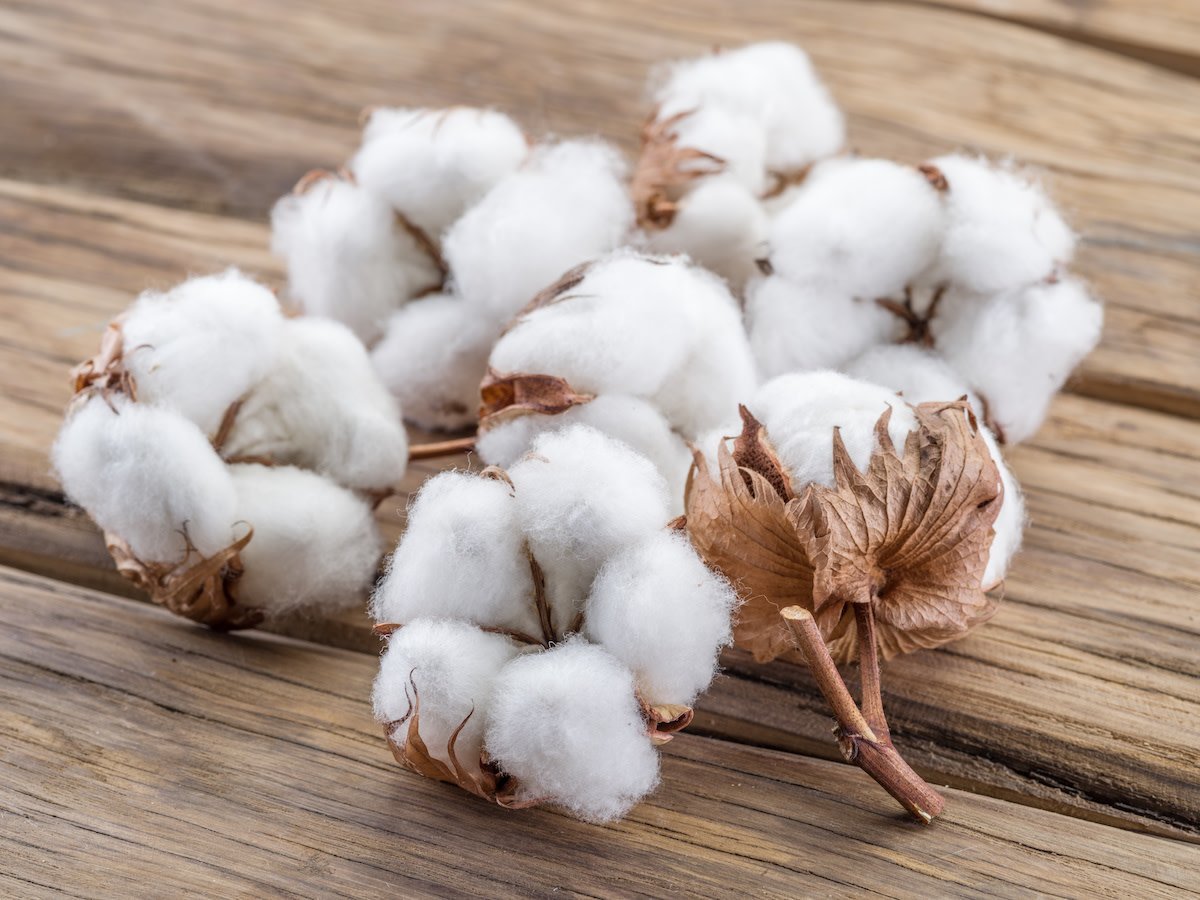Friday, 28 November 2025

Cotton production has been dwindling in many states across India due to poor soil health, adverse weather events, among others. Researchers and scientists have stepped forward to help cotton farmers gain more knowledge about regenerative cotton farming, which promises to be a game-changer. Let’s learn key observations and inputs from experts involved in regenerative cotton farming research programmes.
India’s stint with cotton goes back to ancient times, with the country known for the largest producer of the crop. Termed as ‘White Gold’ of India, the production of cotton and its use in textiles have been integral to India’s economy, culture, and global trade.
The major producers of cotton are Punjab, Haryana and Rajasthan in the North, Gujarat, Maharashtra and Madhya Pradesh in Central India and Andhra Pradesh, Tamil Nadu, and Karnataka in the South.
Maharashtra has been one of the leading producers of cotton. According to The Maharashtra State Co-operative Cotton Growers Marketing Federation, the state of Maharashtra is a leading producer of cotton and accounts for 20 per cent of the country’s total production. The area under cotton cultivation is around 29 to 31 lakh hectares, which is 30 per cent of the country’s total area under cotton production.
Cotton Production and Utilization Committee (CCPC) projected Maharashtra as the leading cotton-producing state in India for the 2024-25 season, with total Indian production projected at 294.25 lakh bales.
Union Minister of Textiles, Giriraj Singh, during the World Cotton Day celebration on October 7, reiterated the government’s commitment to achieve the $ 350 billion textile sector target by 2030, including $ 100 billion in exports. The Union Minister noted that climate change and environmental sustainability pose major challenges to the sector. He emphasised the need for efficient water use, soil conservation, and adoption of renewable energy, which are vital to protect India’s predominantly rain-fed cotton regions.
Says Dr Prof (Dr) CD Mayee, President, South Asia Biotechnology Centre, New Delhi; Chairman, AFC, Mumbai, Executive Board Member, ABNE (Burkina Faso), ISAAA, (USA) and President, Indian Society for Cotton Improvement, Mumbai, “The Government of India has been sluggish on the genetic improvement mode, and reluctant go beyond BG 2 Bt version, unlike the developed nations. Farmers are now resorting to alternative agriculture, especially organic, natural, or regenerative cotton farming, as a sustainable way of cotton production. To increase cotton competitiveness, it is necessary to maintain a production profile of cotton sustainability. In the last few years, cotton production has been passing through a phase of deceleration. Once the top-most producer of cotton, India is relegated to third position merely due to the highest acreage.”
To read more, click : https://agrospectrumindia.com/e-magazine